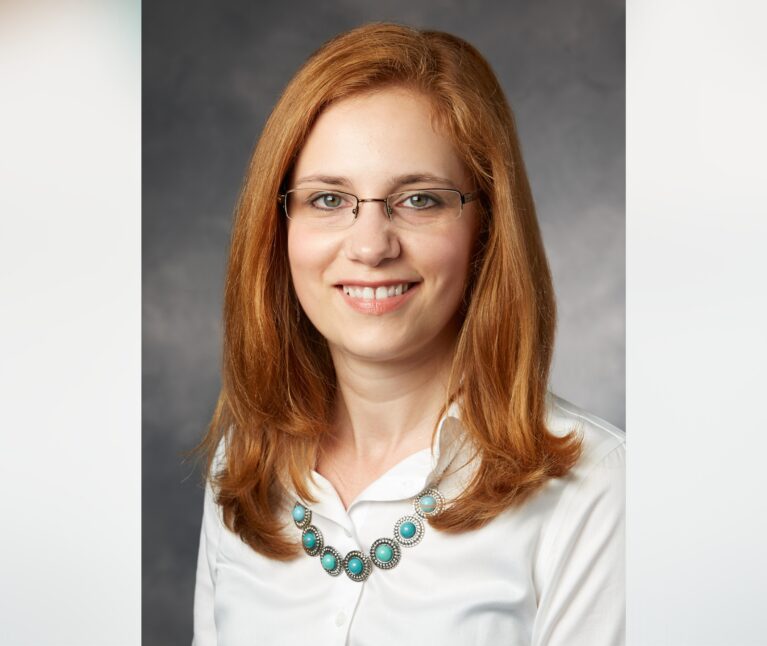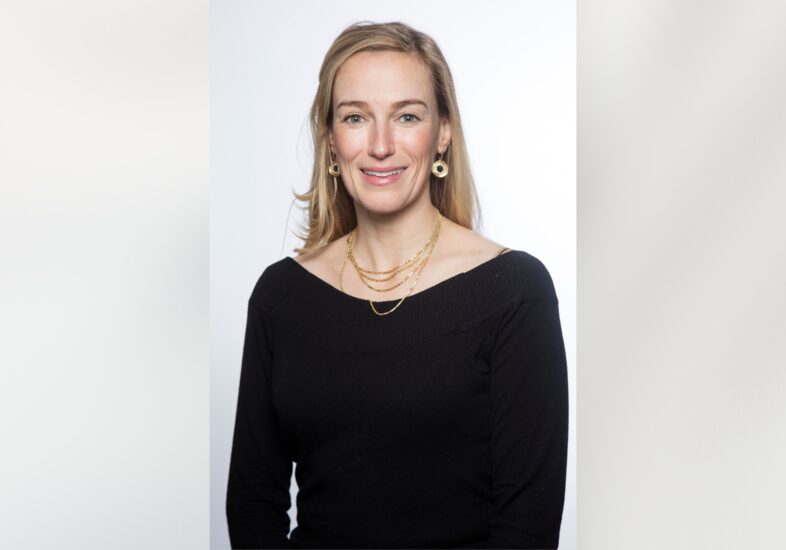Unless your family is affected by 22q11.2 deletion syndrome (22q11.2DS), you may have never heard of it. It’s estimated that one in 2,000 to 4,000 babies is born with this genetic disorder. While this might sound rare, it affects many areas of the body and can result in cleft palate, heart defects, poor immune system function, ear infections or hearing loss, seizures, autism, behavioral and emotional issues, and other conditions that dramatically impact a child’s health and quality of life.
Children with 22q11.2DS are missing a tiny piece of their 22nd chromosome, at a spot in the middle of the chromosome called q11.2. This complex disorder affects each child differently, ranging from mild symptoms to serious health problems. In adolescence and adulthood, the prevailing challenge becomes brain health—social anxiety, struggling to learn in a classroom setting, and sometimes more severe psychiatric disorders.
While there is currently no cure, most children with 22q11.2DS can live long, healthy, active lives if they receive early and effective interventions from specialists such as cardiologists, plastic surgeons, immunologists, neurologists, speech and physical therapists, and behavioral experts working together to provide comprehensive care.
And now, thanks to philanthropic support, physicians and scientists at the Stanford School of Medicine and Lucile Packard Children’s Hospital Stanford are making breakthrough discoveries in understanding the disease’s underlying mechanisms and improving treatments for its varied symptoms.
Researchers Unlock Clues in Developing Brain Cells
Candice Uytengsu Hamilton, a longtime supporter of Packard Children’s Hospital, understands the need to support neuropsychiatric challenges, especially for 22q11.2DS. The program she founded—the Uytengsu-Hamilton 22q11 Neuropsychiatry Research Program, housed within the Stanford Maternal & Child Health Research Institute (MCHRI)—is currently pursuing exciting new avenues of research for kids with 22q11.2DS.
The program funds research to improve neurocognitive outcomes in children with 22q11.2DS, who have an increased risk of developing neuropsychiatric conditions such as anxiety, autism, attention-deficit disorder, and behavioral and learning disorders. 22q11.2DS is the strongest single genetic risk for schizophrenia and other psychotic disorders, making this work even more urgent.
One promising area of research includes a study led by Anca Pasca, MD, assistant professor of pediatrics in neonatal and developmental medicine at the Stanford School of Medicine. Pasca and her fellow researchers are profiling developing brain cells that carry the 22q11.2 deletion. “We are focusing on the function and number of mitochondria present early on in the development of the brain,” says Pasca. “We want to figure out if the function of the mitochondria is affected, how it’s affected, and at what stage in the brain’s development it’s affected.”
So far, their research has uncovered evidence indicating that neuron and mitochondrial function is affected as early as the first trimester of pregnancy. “Our goal is to find markers that would allow us to identify the 22q11.2 deletion early in pregnancy and then intervene,” says Pasca. Intervention could be as simple as a medication or supplement given to the mother to help prevent abnormal brain development and reduce later risk of psychiatric conditions.
Hope for Children with Impaired Immune Systems
Hamilton and her family also support pioneering research on immune function in children with this disease through the 22q11.2 Deletion Syndrome Consortium, launched in 2016 within Stanford’s Center for Definitive and Curative Medicine.
The work being done here can save lives. “Many patients have impaired immune systems because the thymus didn’t develop properly,” says Katja Weinacht, MD, PhD, assistant professor of pediatric stem cell transplantation and regenerative medicine at the School of Medicine, and a project leader of the consortium.
“The physical traits of the immune defects in 22q11.2DS are wide and can range from mild forms of allergy to autoimmunity to a breakdown of the immune system,” Weinacht says. “And 1 or 2 percent of children with the most severe form of 22q11.2DS are born without a thymus,” the small gland that plays a critical role in immunity. Those children have no immune system at all, leaving them completely unable to fight off infections.
Weinacht’s lab is pursuing a bold goal—to give these children a working thymus and a healthy immune system. Her team is working to recreate thymic epithelial cells, using induced pluripotent stem cells from patients with 22q11.2DS. The team is making promising progress toward a potential new treatment—to transplant these synthetic, fully functioning regenerative thymic tissues back into the patient to reconstitute a thymus that can make the T-cells needed to fight infection.
Gifts That Truly Keep on Giving
“Hearing a diagnosis of 22q11.2DS is life-altering for families and patients,” says Pasca. “I’m hoping we’re able to contribute to a breakthrough that will inform clinical trials and move this field of research forward much, much faster.”
Research breakthroughs—and the speed at which they are happening—would not be possible without philanthropy. “Donor support is the difference between this research taking many years versus moving fast and finding answers as quickly as possible,” says Pasca.
Donor support has propelled Stanford to the forefront of 22q11.2DS research in the U.S., and even internationally. “Because we received this funding, several labs are starting to work together, share tools and findings, and put the puzzle pieces together,” says Weinacht. “Thanks to the generous support of the Uytengsu-Hamilton family, interdisciplinary 22q11 research at Stanford and beyond is thriving, and new answers are emerging for the children and families who need them.”
To learn more about 22q11.2DS, read Sergiu Pasca, MD, Is Revolutionizing Research into Neurological Disorders.


